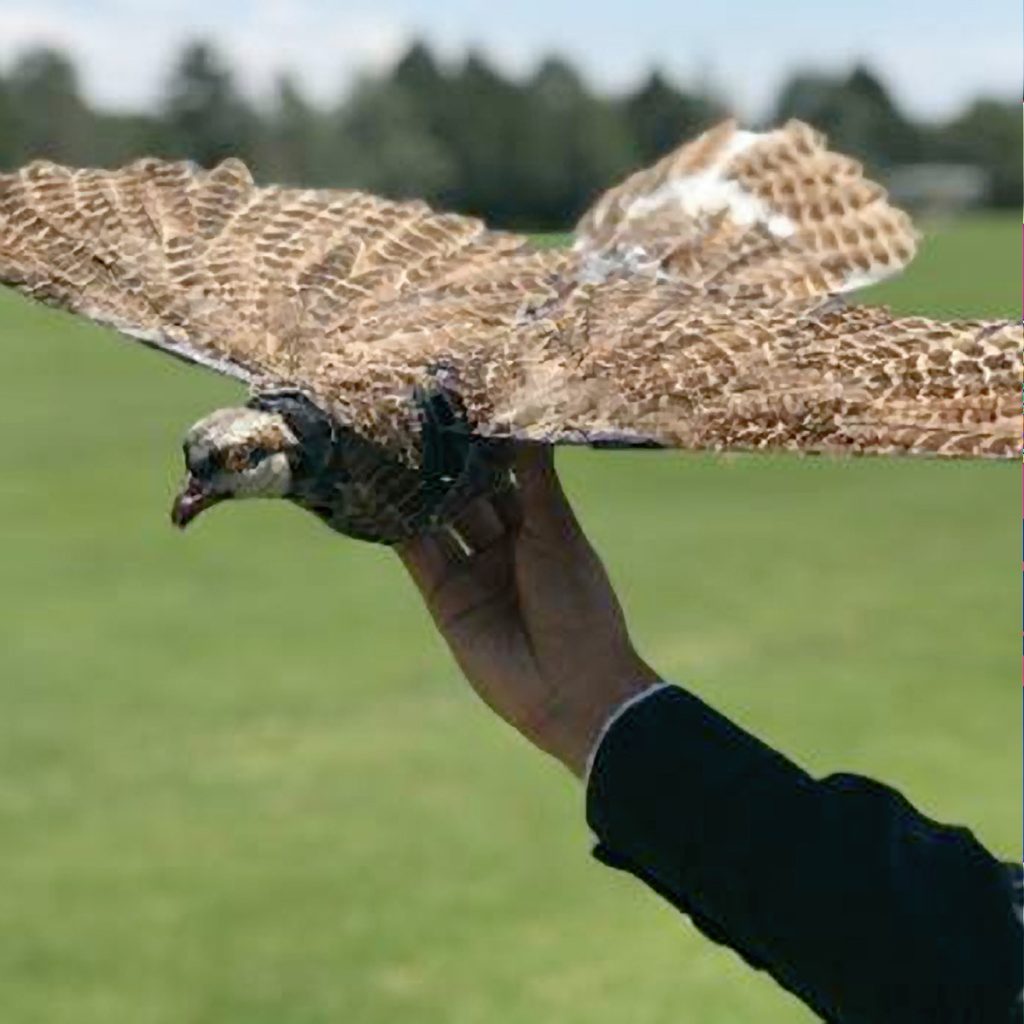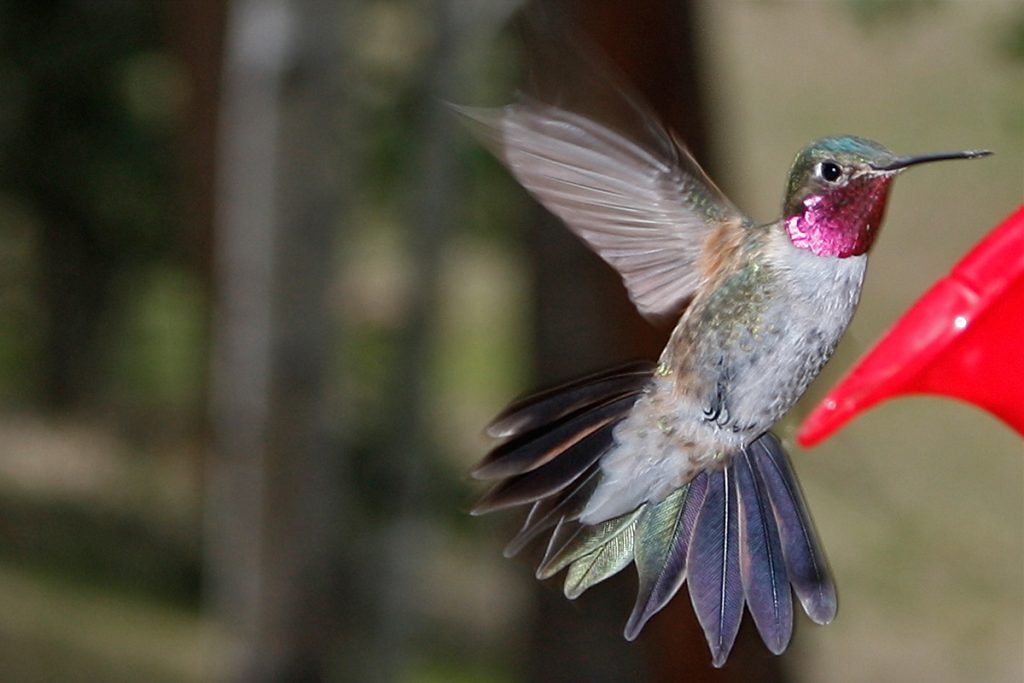
In a major win for birds and all wildlife, New Mexico has created the Land of Enchantment Legacy Fund, a dedicated revenue stream supporting conservation and restoration of wildlife and the outdoors. The fund consists of two $50 million funds, one fund going to existing conservation programs and the other into a trust managed by the State Investment Council.
Prior to the creation of this conservation fund, state agencies were dependent solely on what they could get approved during the annual budget process, leaving many agencies without any budget to pursue new projects unless they secured special appropriations every budget cycle. There were also millions of dollars in federal funds going unclaimed by New Mexico as states are required to put up a matching percentage in order to claim federal funding.
The federal match can be dollar for dollar but also be as high as three dollars for every dollar the state funds. Having a consistent source of funding will allow state conservation programs to be bolder with their projects and to plan for conservation in the long term. They no longer need to fear sporadic funding that can end in empty coffers at the end of a budget cycle.
Programs directly befitting from the fund include the state’s River Stewardship program, which does riparian restoration work, the Game and Fish Department for Endangered Species efforts, and the Department of Agriculture for soil health and noxious weeds management.
Watersheds and acequias damaged by the Hermits Peak fire will receive funds for needed repairs as well.
A team at New Mexico Institute of Mining and Technology in Socorro is taking an unconventional approach to studying avian flight: repurposing taxidermied birds as drones. The team, led by Dr. Mostafa Hassanalian, is researching how bird’s flight patterns can be applied to the aviation industry.
Artificial recreations of bird wings weren’t matching the efficiency of real birds in flight, so the team re-engineered dead birds into drones to study what makes their flight patterns so special. The drones aren’t being used in the wild yet as they only have a battery lasting 20 minutes, instead the researchers have designed a caged tunnel with a powerful fan at the front and filled it with bird drones to better understand the formation and flight of real birds.
The team hopes that by the end of this two-year project their findings can be applied to save fuel in air transport and be used to study living birds and wildlife.
Hummingbirds are here!

If you haven’t put your hummingbird feeders out already, now is the time to do so!
The annual hummingbird migration is passing through the West right now, and you can give these little beauties a boost on their arduous journey by supplying them with nectar. All you need is a feeder and a homemade mixture of 1 part sugar to 4 parts water. Be sure to use refined white sugar, never organic or brown sugar, and never use red dyes as these are poisonous to hummingbirds. The red coloring on your feeder will be more than enough to attract hummingbirds.
While the FDA allows red dye for human consumption, countries like Austria, Denmark, France, and Germany have banned its use altogether for the health risk it poses. If ants are a problem,
Author
-

Bryce Flanagan moved from Sacramento, CA to Taos County in 2016, and has lived in Questa for two years. He's passionate about the unique and beautiful wildlife of our state and is a regular contributor to the Questa Del Rio News.
View all posts


